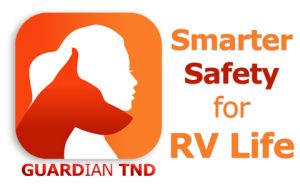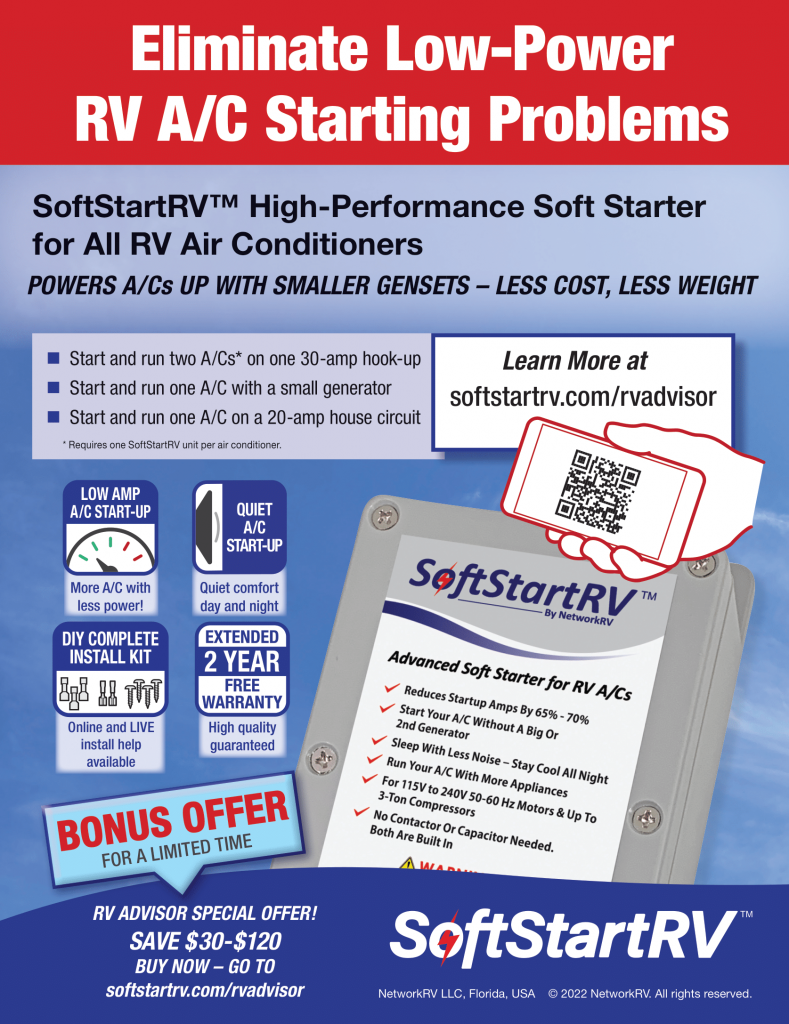Tips for driving safely with passengers
Going on vacation in an RV is an amazing experience. However, you still need to follow the guidelines and laws whenever your RV is in motion. Here is an easy guide to help you and your passengers arrive safely at your destination.
Are seat belts required when an RV is in motion?
Yes…and no. The rules here can vary, as each state has its own seat belt laws. Some states require only those in the front of the RV to wear a seat belt, while other states require all passengers to buckle up. Regardless of the law, it is always recommended that everyone is strapped in whenever the RV is in motion. Keep in mind that seat belts in the dining or sleeping areas are not always bolted to the frame of the RV. If you were to be involved in a crash, they could easily become detached.
How can you keep children safe while riding in an RV?
The rules in each state are also different when it comes to children riding in an RV. There are laws require that children anywhere from 4 to 18 use seat belts. If you plan to take a child seat, it should never be used in a rear-facing or bench (sideways) seat. In many cases, the only safe option for a child safety restraint system is the front-facing passenger seat.
If you are traveling with young children, the safest option is choosing a non-motorized, towable RV. In this case, your children (and everyone else) would travel in the passenger vehicle. You can also take a second car for the children to ride in. You might appreciate having that passenger vehicle if you plan to explore your destination more thoroughly. An RV is not always the best choice when navigating narrow roads, tight places, low bridges, or small parking lots.
What are seat belt laws for different classes of RVs?
RV classification is based on the size of the vehicle. In general, RV manufacturers are only required to comply with seat belt safety standards for the front seats, no matter what class your RV happens to be.
Should passengers sit in the dining section of an RV?
Sometimes the dining or sleeping areas will have lap belts. However, it is not generally recommended that passengers sit there when the RV is in motion. In most cases, the wooden structures and benches are not built to endure a crash. The seat belts may not even be bolted to the RV frame, so if you were to be involved in a serious crash, they could easily become detached.
Front-facing seats with standard seat belts offer the most safety and comfort.
Some rules of the road apply to all drivers, including those at the helm of an RV:
- Follow all traffic laws according to each state.
- Follow posted speed limits.
- Some states have distracted driving laws for things like texting. (NOTE: It’s never a good idea to text and drive, even if it’s not a law.)
- Check state regulations regarding alcohol and open container laws.
- Check state regulations regarding firearms, whether you carry one for safety or for hunting. Some states require a permit, and there are specific rules about how, when, and where you may carry firearms.
Are there towing regulations when it comes to RVs?
Every state also has regulations in regard to the length and width of trailers. For instance, in Alabama trailers cannot be longer than 40 feet. In other states, trailers cannot be wider than 8 feet. There may even be restrictions based on the weight of a trailer. Some states also require you to have extra equipment and special brakes for towed vehicles that are over a certain weight.
To find more information regarding safety and other RV regulations, visit the RV Industry Association.
This page includes:
- State RV guide
- Canadian RV standards
- Special RV driver’s license requirements
- License plate placement requirements
- Maximum RV width, length, and height restrictions
- Riding in towed RVs and truck campers
- Safety chain requirements
- Seat belt and child restraint requirements
- Trailer brake requirements
If you’re planning to embark on an RV vacation, get ready for the time of your life. However, make sure you use the proper restraints, so everyone can arrive safely and have a great time. For more helpful tips, become an RV Advisor Member today.































